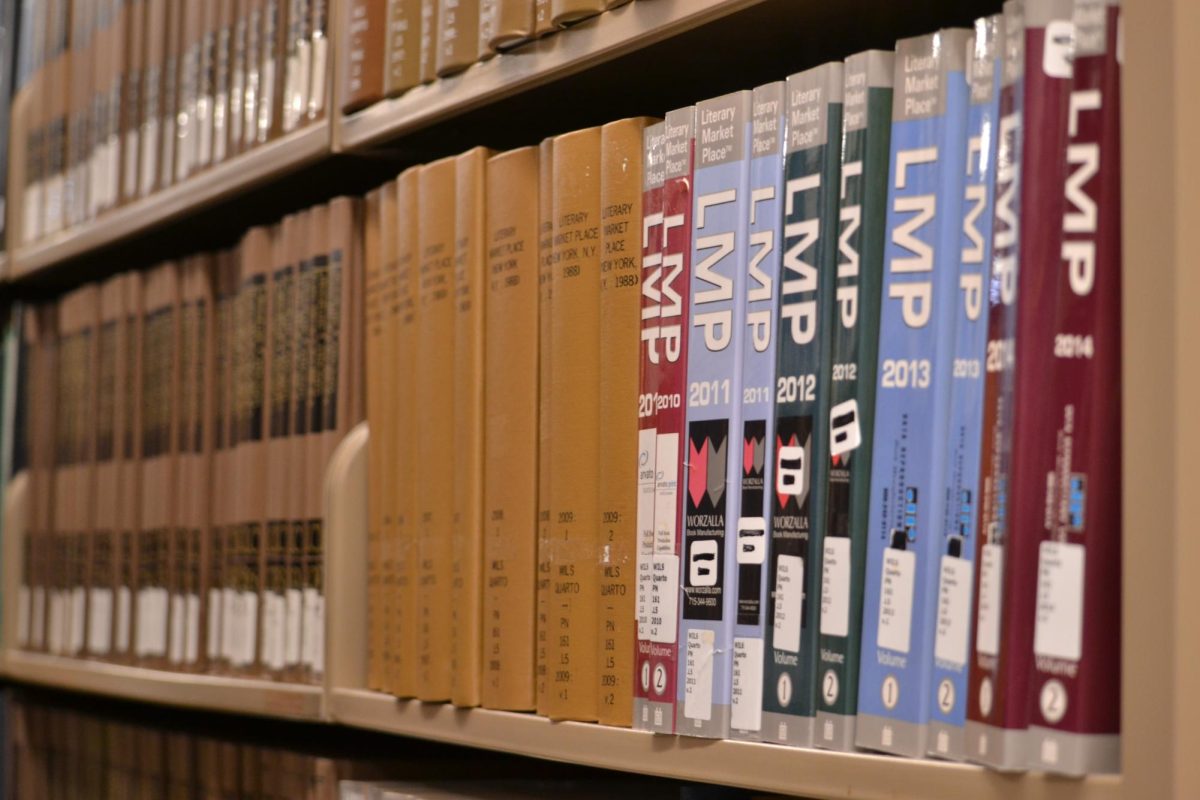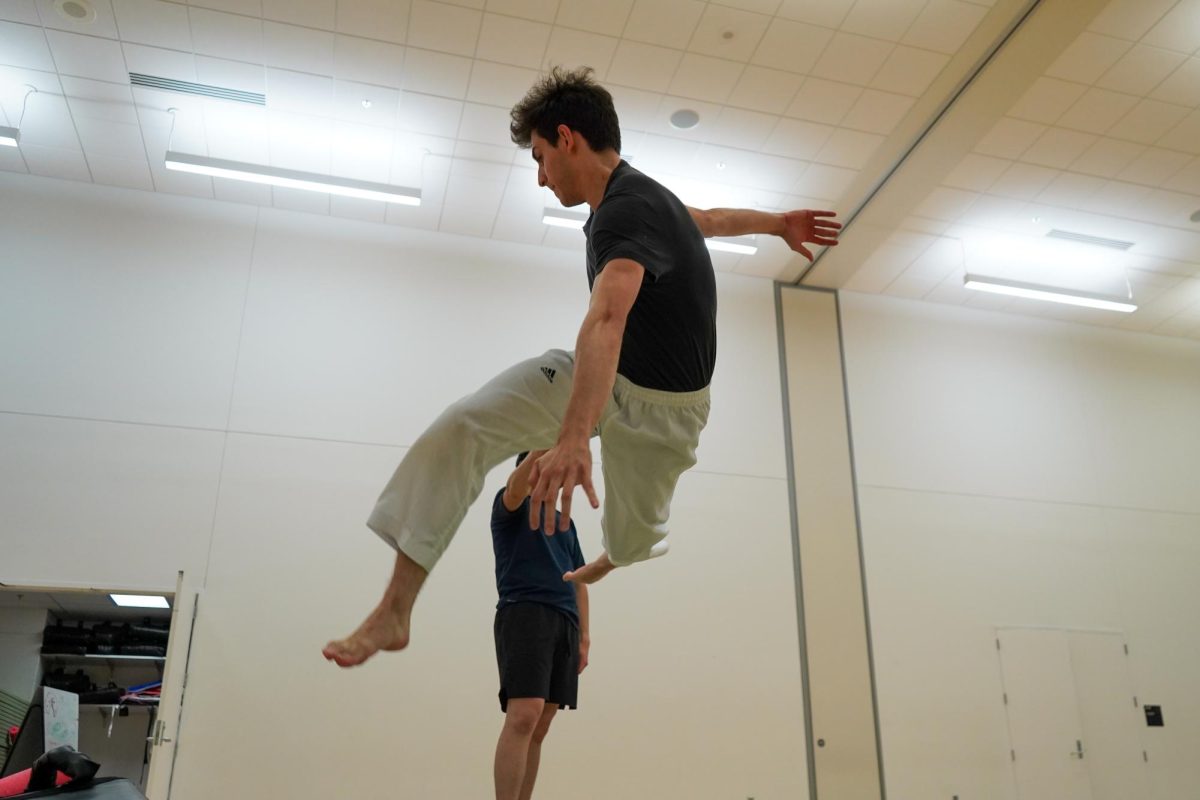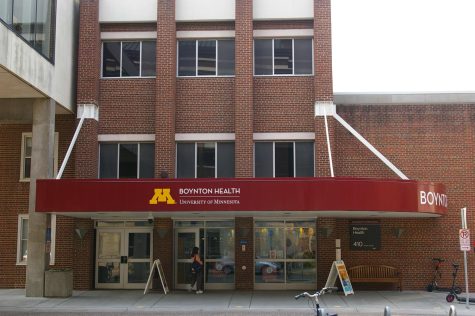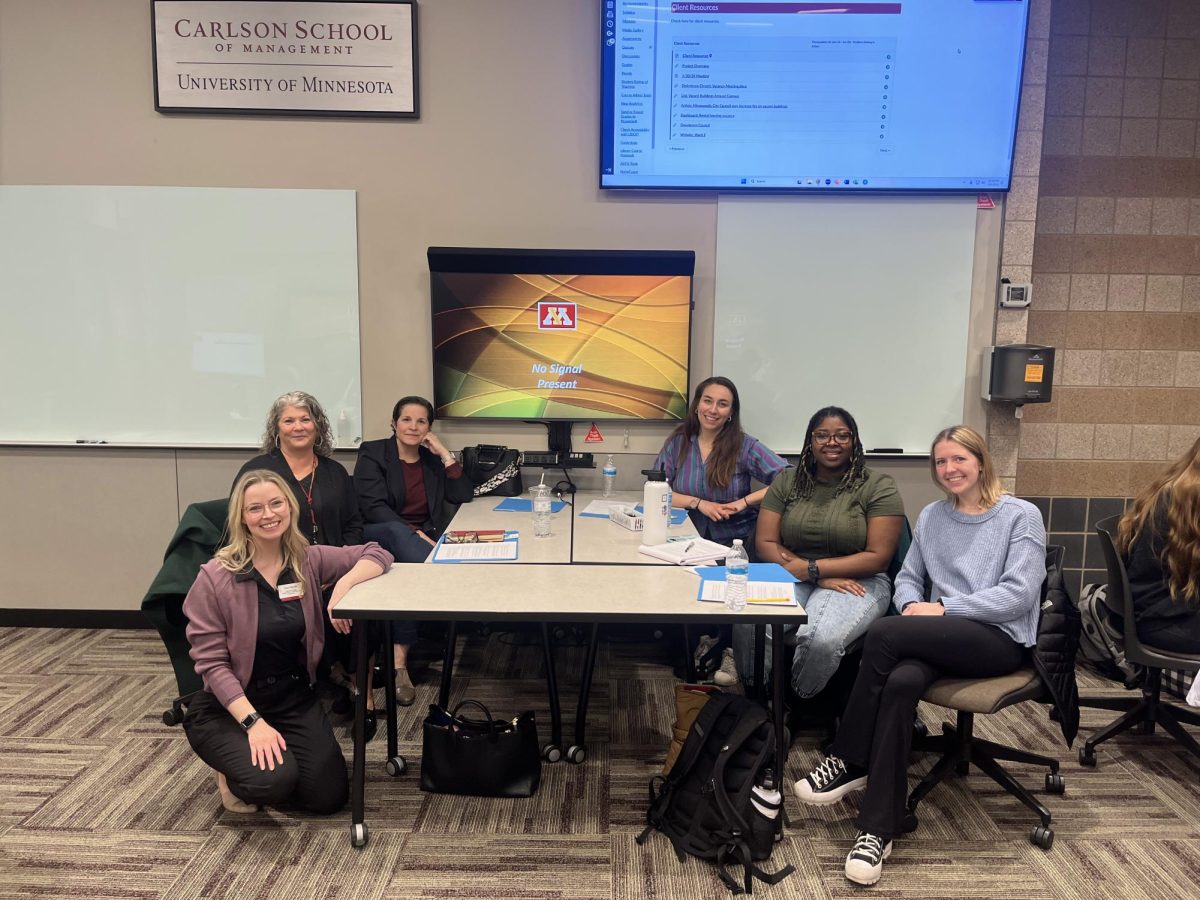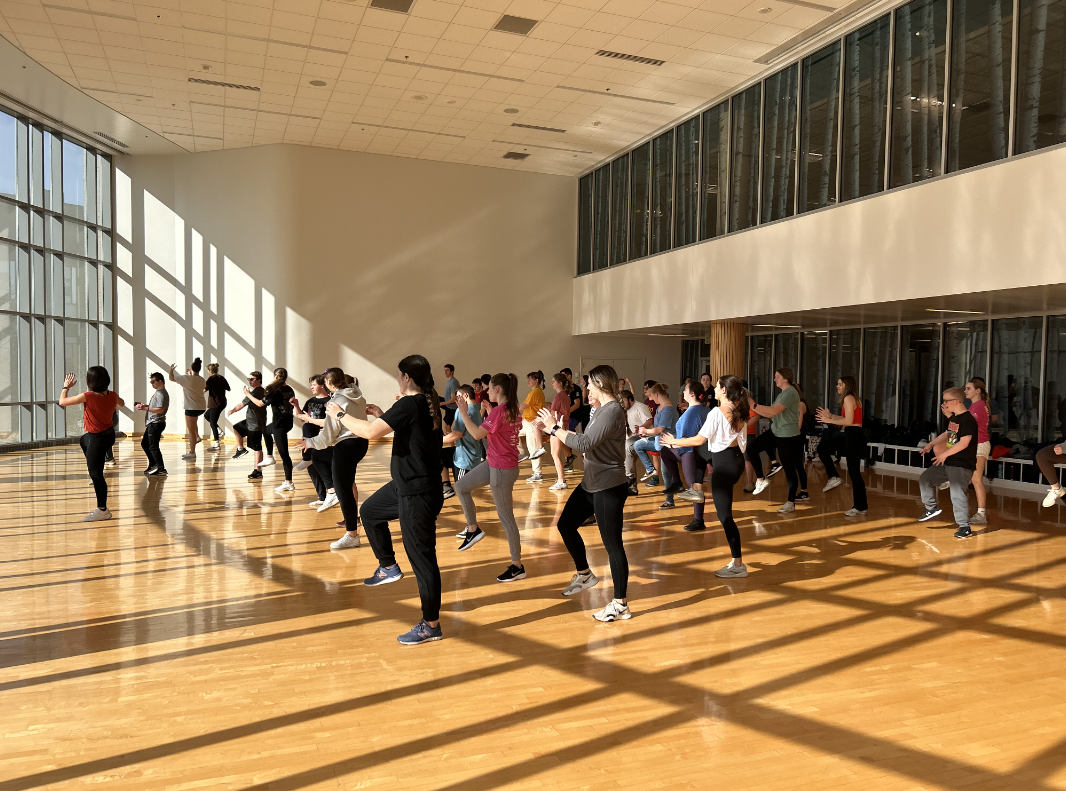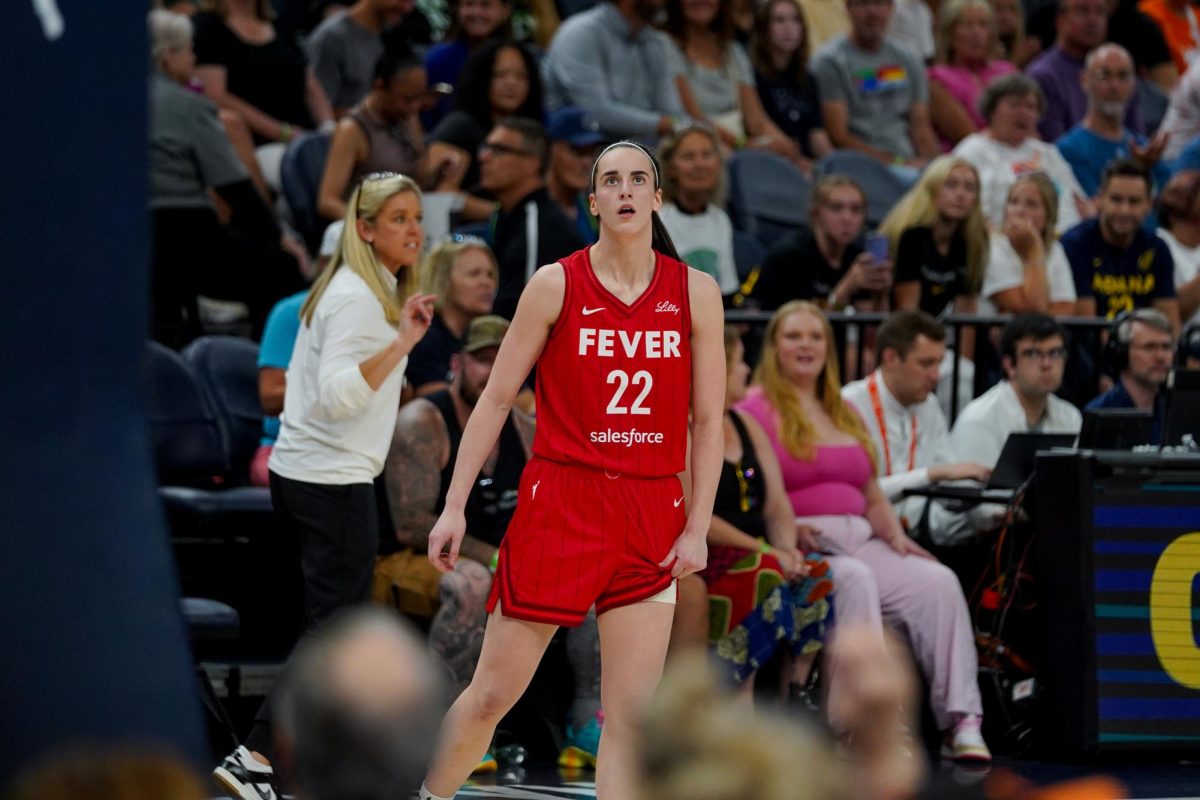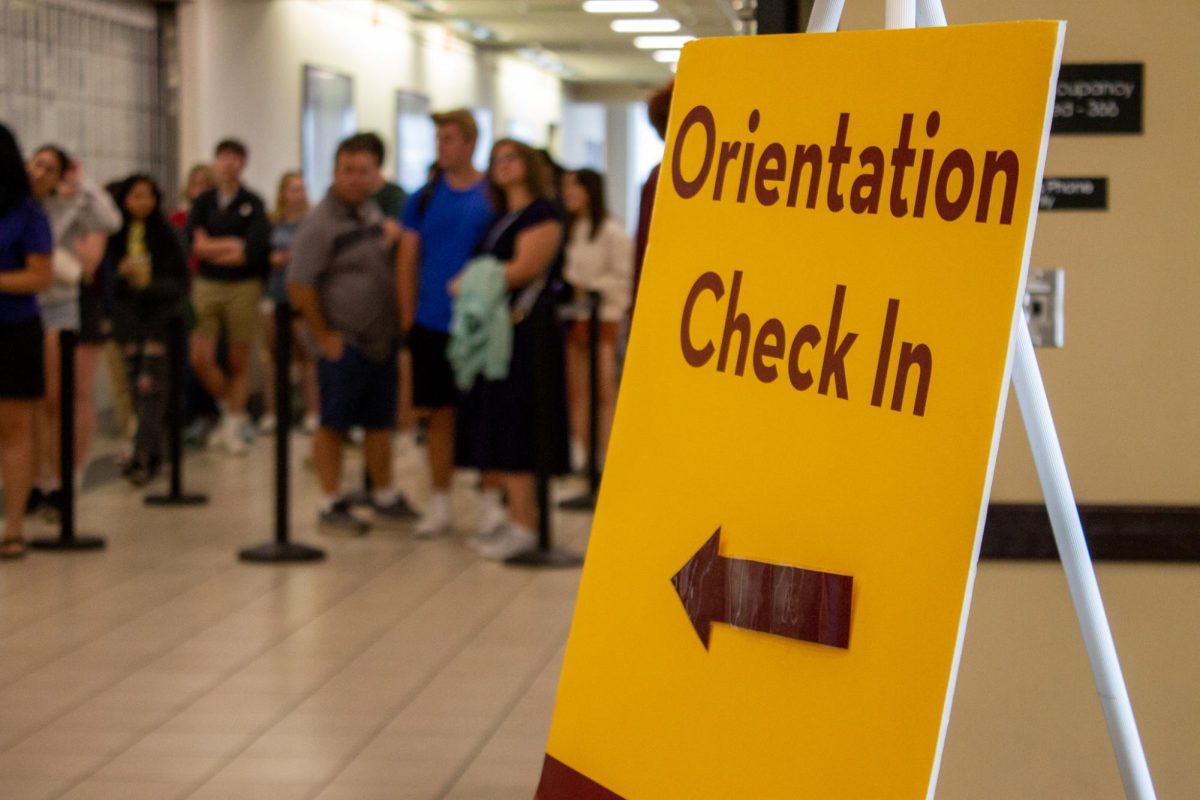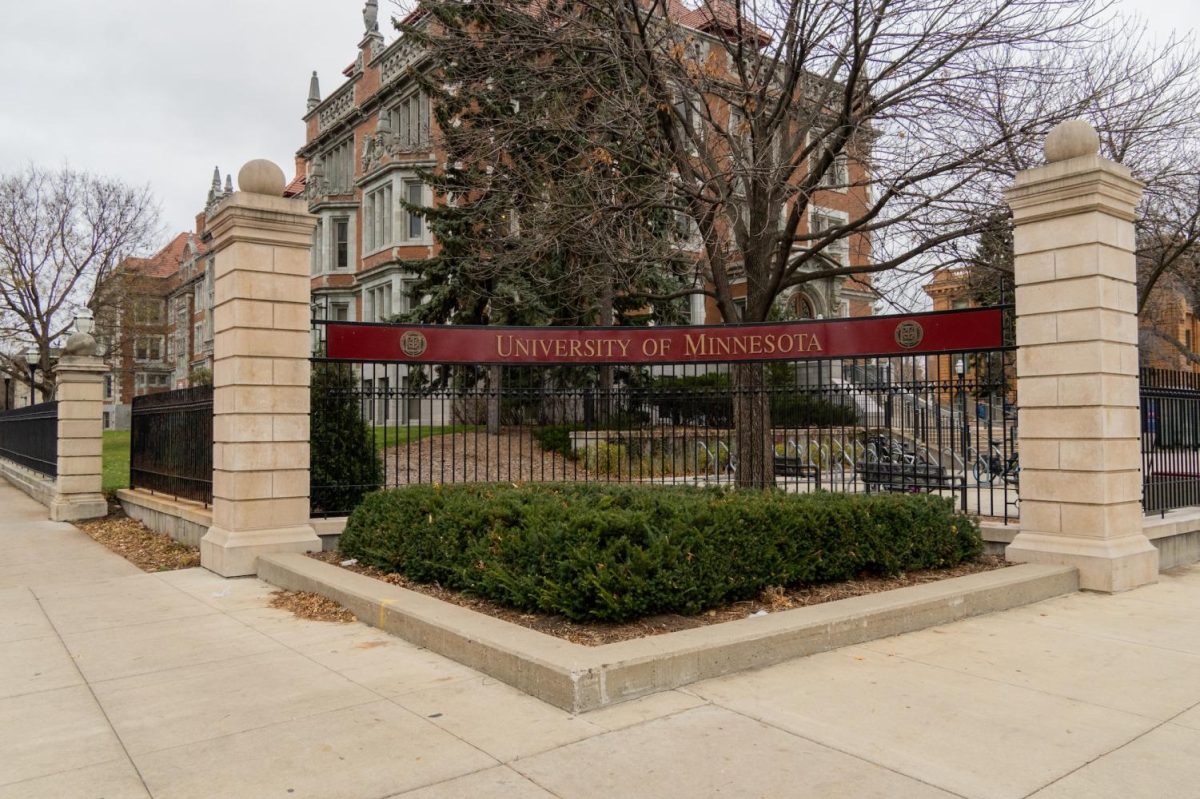The start of the semester means University of Minnesota students must purchase materials for classes, such as textbooks and supplemental materials.
Some students purchase their course materials through secondhand websites, while others buy through the University Bookstore. The amount of course materials students need to purchase varies by major.
Emmanuel Ayelomi, a third-year political science and economics student, said his classes require students to purchase physical and online textbooks.
Ayelomi said his classes use Inclusive Access, a built-in Canvas feature giving students digital access to textbooks and other resources without having to purchase materials separately. Inclusive Access materials are automatically charged to a student’s account unless the student opts out.
Before Inclusive Access was implemented, students who wanted a digital version of their materials had to purchase them online, according to Ayelomi.
“In a lot of classes I was taking, the text was used in classes and activities,” Ayelomi said. “It made sense for me, in my academic journey, to buy a textbook rather than try to find it online or print out excerpts.”
Since he purchased physical and online materials in the past, Ayelomi said he noticed a difference in pricing. He said buying a physical textbook is more expensive than an e-textbook, and it’s harder to find discounts for them.
“There’s a lot more websites that sell textbooks and if you go to Facebook Marketplace or eBay, you can find people selling textbooks,” Ayelomi said. “It makes sense to buy those rather than buy a new textbook that I’m going to use for a couple months out of the year.”
Sammi Trost, a third-year student studying mathematics with computer applications, said most of her textbooks are available through Inclusive Access.
“It’s nice to not have to worry about going to the bookstore and having to deal with buying a textbook,” Trost said. “It’s also nice that it’s all in one spot.”
When Trost does need to buy a physical textbook, she said she buys them from friends who have taken the same courses and do not need their books anymore because it can be stressful finding the right copy of a textbook individually.
For Trost, having Inclusive Access makes course materials more accessible and efficient as she does not have to carry around a physical textbook to class.
“I’m always carrying around some kind of electronic, so I’m always able to access that no matter where I am,” Trost said. “It’s really nice when I’m traveling home, I don’t have to bring a physical copy. I have it online and it saves space and money.”
While Inclusive Access made it easier for Ayelomi and Trost to access course materials, first-year architecture graduate student Nura Agami said she spends almost $1,000 to buy materials for her classes.
Agami said her program uses modeling materials such as laser printers, plastic materials, wood materials and cardboard materials. Despite the department providing laser printers, they have rates up to 25 cents per minute to print out a design, according to Agami.
“You need all the glue, you need all of the materials and the time to print and laser cut,” Agami said. “There’s a lot of times where it messes up and you have to start all over again and keep on paying to use it.”
Agami added she spent $100 to create a design’s rough draft due to the heavy glass material needed. Since the classes meet every week, students have to purchase materials weekly to complete class projects.
“You do all these purchases throughout the week that you don’t even realize that it starts to add up,” Agami said. “When I look at my credit card bill and it’s all just craft supplies, I’m like, ‘Yeah, that’s expensive.’”
Architecture students who spend more money on materials tend to do better in class, according to Agami. Some students create models by hand, while others create them with a laser printer.
“I remember in my first year of modeling, I was like, ‘How did they make those really good-looking models?’” Agami said. “They had the materials, they know how to use the resources, they had money to afford all the fancy tools.”
Agami said the difference in the quality of models and class performance is a problem in architecture schools across the country and she wishes there was more leniency in not being able to afford certain materials.
“I’ll see people on Instagram who make really amazing models,” Agami said. “They’re not as hesitant to buy the materials that they need.”
Carol Flaten, director of pre-licensure programs at the School of Nursing, said students need to purchase required materials, such as textbooks, scrubs and stethoscopes through the bookstore or other places.
In addition to the required materials, Flaten said there is also an online package of resources students have access to from their second year until the end of their program.
“It depends on where students choose to purchase a set of textbooks, which can impact the cost,” Flaten said. “They could go online and search for used copies and get really nice deals. We also offer a grouping of those materials through the Bookstore and a publisher, they sell a group of books together.”
At the end of a semester, instructors review student feedback on their material to see how they can teach the material differently to fit students’ needs, according to Flaten.
“They may be able to make some adjustments even mid-semester and still uphold the integrity of the course and help students meet the course outcomes,” Flaten said.










